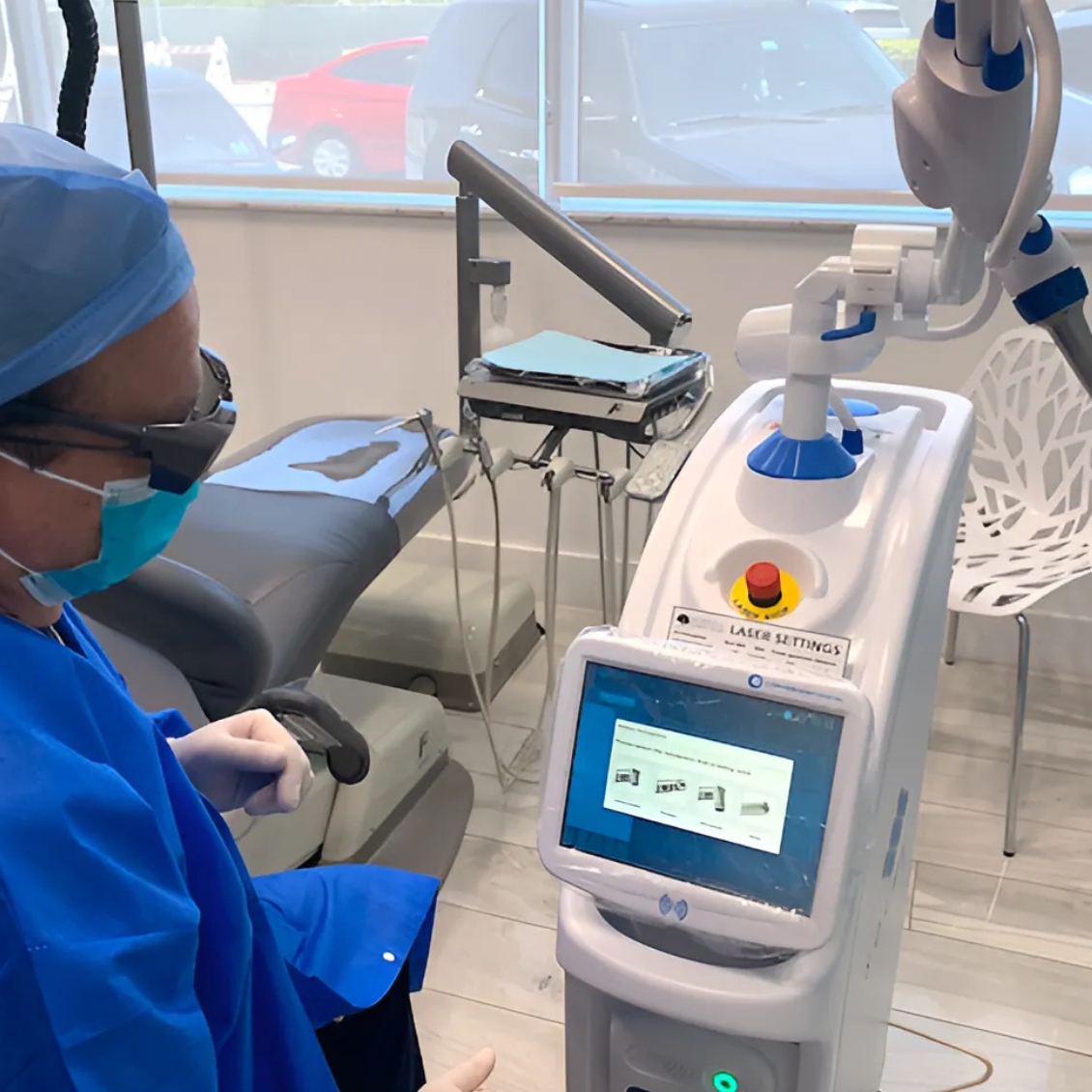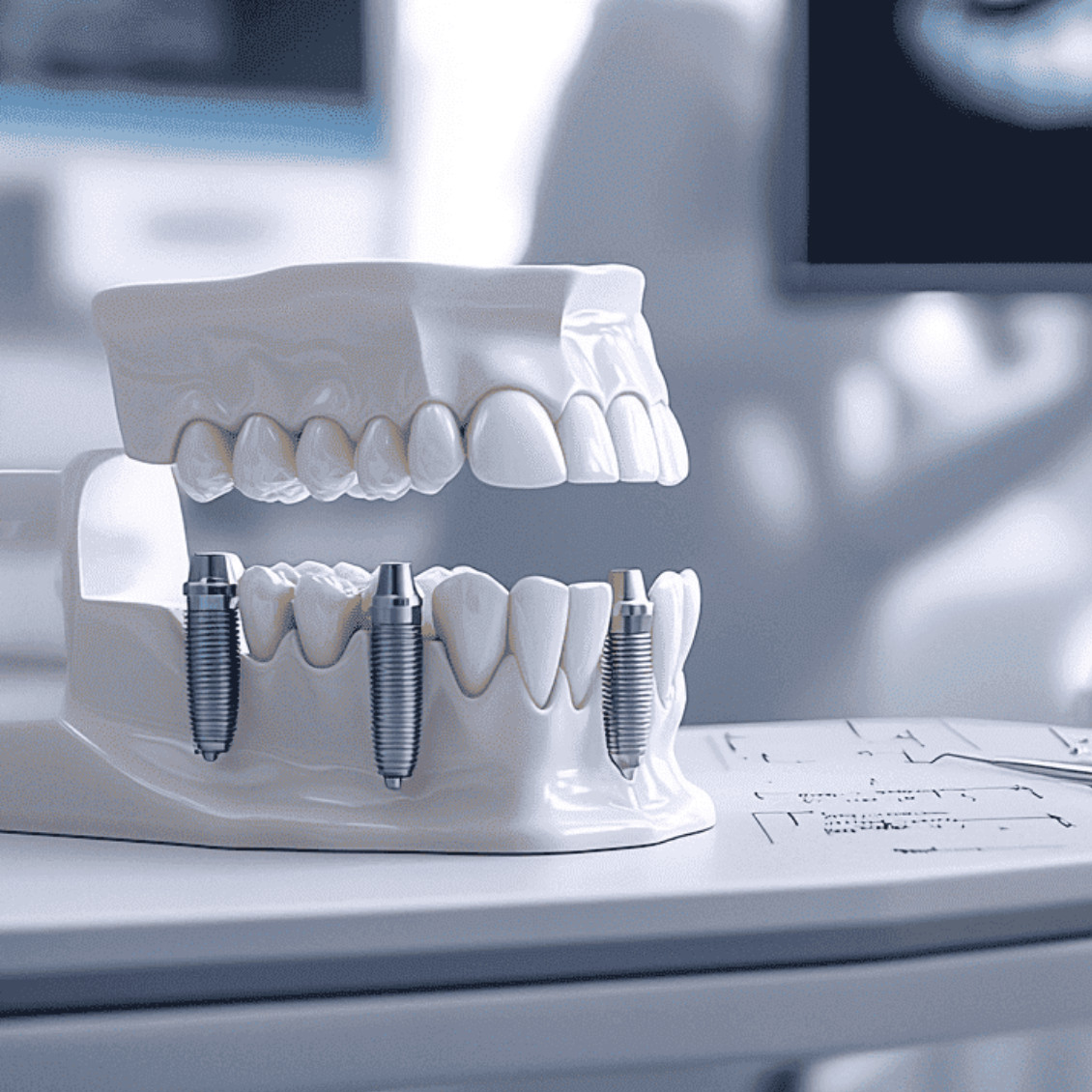Frequently Asked Questions
Best dentist that does dentures near me?
The best dentist for dentures near you is one who specializes in comprehensive dental care and has a reputation for patient comfort and satisfaction. Consider visiting The Harmony Dental Group, where you can receive quality denture services tailored to your needs.
How can you tell if a dentist is good?
Determining if a dentist is good involves considering their qualifications, patient reviews, range of services, and how comfortable they make you feel during visits. Look for positive testimonials and a welcoming environment that prioritizes your dental health.
How do I check the reputation of a dentist?
Checking the reputation of a dentist involves researching online reviews, testimonials, and ratings from previous patients on platforms like Google and Yelp, as well as verifying their credentials and experience through state dental boards.
Best dentist that does implants near me?
The best dentist for implants near you is one who offers personalized care, utilizes advanced techniques, and has a strong reputation in the community. At The Harmony Dental Group, we specialize in dental implants, ensuring comfort and quality for all our patients.
Best dentist that does veneers near me?
The best dentist that does veneers near you is likely The Harmony Dental Group. Our experienced team in Norwalk, CT, specializes in cosmetic dentistry, including high-quality veneer applications tailored to enhance your smile.
How do I choose a dentist in NYC?
Choosing a dentist in NYC involves considering factors like their qualifications, services offered, patient reviews, and location. Researching online, asking for recommendations, and scheduling consultations can help you find the right fit for your dental needs.
What factors define a good dentist?
The factors that define a good dentist include strong communication skills, expertise in various dental treatments, a compassionate approach to patient care, and a commitment to ongoing education to stay updated on advancements in dentistry.
How much do denture services cost?
The cost of denture services can vary significantly based on factors such as the type of dentures, materials used, and individual treatment needs. On average, dentures may range from $1,000 to $5,000.
What should I look for in a dentist?
What to look for in a dentist includes their qualifications, experience, range of services, and ability to create a comfortable environment. Seek a practitioner who prioritizes patient care, especially for families and those with dental anxiety.
How to find reviews of local dentists?
Finding reviews of local dentists can be achieved through various online platforms. Check popular review sites, social media, and Google Maps for patient feedback, as well as local community forums to gather insights on their experiences.
What do patients say about denture services?
Patients express high satisfaction with our denture services, highlighting improved comfort and restored functionality. Many appreciate the personalized care and attention they receive, which alleviates concerns and enhances their confidence in wearing dentures.
What is the process for getting dentures?
The process for getting dentures involves several steps. First, a consultation with your dentist to assess your needs, followed by impressions of your mouth to create custom dentures. After adjustments and fittings, your final dentures are crafted for optimal comfort and function.
How long do dental implants last?
Dental implants typically last 10 to 15 years, and with proper care, they can last a lifetime. Their longevity depends on factors such as oral hygiene, overall health, and maintenance.
What are the benefits of dental veneers?
The benefits of dental veneers include improving the appearance of teeth by repairing chips, gaps, and discoloration. They provide a natural look, enhance smile aesthetics, and are durable, making them a popular choice for cosmetic dental enhancements.
How can I find a dentist near me?
Finding a dentist near you can be easily accomplished by searching online for local dental clinics, asking for recommendations from friends and family, or checking community directories. Websites and review platforms can also provide valuable insights.
What qualifications should a good dentist have?
A good dentist should possess a Doctor of Dental Surgery (DDS) or Doctor of Dental Medicine (DMD) degree, be licensed to practice dentistry, have relevant experience, and demonstrate strong communication and interpersonal skills to ensure effective patient care.
Are there specialized dentists for implants?
Specialized dentists for implants, known as oral surgeons or periodontists, focus on dental implant procedures. These professionals have advanced training in implantology, ensuring safe and effective treatment tailored to your dental needs.
How do I assess a dentists experience?
Assessing a dentist's experience involves checking their qualifications, years in practice, and any specialized training they may have. Additionally, reading patient reviews and testimonials can provide insight into their expertise and patient care approach.
What questions to ask during a dental consultation?
During a dental consultation, it's important to ask questions about the specific treatments available, potential costs, and any risks associated with procedures. Additionally, inquire about the dentist's experience, recommended preventive care, and ways to manage dental anxiety.
How does one verify a dentists credentials?
To verify a dentist's credentials, check their educational background, licensing status, and any board certifications through state dental boards or professional organizations. This ensures they are qualified and in good standing to provide dental care.
What are my options for affordable dentistry?
Affordable dentistry options include payment plans, dental insurance, and discount programs. Additionally, some clinics offer financing options for treatments, making dental care more accessible without compromising on quality.
Are there specialists for cosmetic dentistry?
Cosmetic dentistry has its specialists who focus on enhancing the appearance of patients' smiles. These professionals are trained in various procedures, including teeth whitening, veneers, and smile makeovers, to achieve optimal aesthetic results.
How do I choose between dentures and implants?
Choosing between dentures and implants depends on factors like oral health, budget, and personal preference. Dentures are removable and more affordable, while implants offer a permanent solution that mimics natural teeth. Consulting your dentist can help determine the best option for you.
How can I determine a dentists reputation?
Determining a dentist's reputation involves researching online reviews, asking for referrals from family and friends, checking their credentials and experience, and evaluating their clinic's environment and staff interactions.
What should I expect from a dental consultation?
What to expect from a dental consultation includes a thorough examination of your teeth and gums, a discussion of your dental history, and recommendations for any necessary treatments. You'll also have the opportunity to ask questions and address any concerns.
How often should I visit the dentist?
Regular dental visits are essential for maintaining oral health. It is generally recommended to visit the dentist every six months for routine check-ups and cleanings, although individuals with specific dental issues may need more frequent appointments.
What are common concerns about dental implants?
Common concerns about dental implants include the cost, the surgical procedure involved, potential pain during recovery, the risk of complications, and the lifespan of the implants. Patients often worry about how implants will integrate with their natural teeth and whether they will require maintenance over time.
How to ensure comfort during dental procedures?
Ensuring comfort during dental procedures is essential. At The Harmony Dental Group, we utilize gentle techniques, sedation options, and a calming environment to help alleviate anxiety and promote a relaxed experience for our patients.
What signs indicate a dentist is reputable?
The signs that indicate a dentist is reputable include proper licensing, positive patient reviews, a strong commitment to patient comfort, and transparent communication about treatment options and costs. Additionally, an emphasis on continuing education reflects their dedication to providing quality care.
How can I compare dentists in my area?
To compare dentists in your area, research online reviews, check their qualifications, services offered, and office environment. Additionally, consider scheduling consultations to assess comfort and communication style, ensuring you find a provider who meets your family's dental needs.












